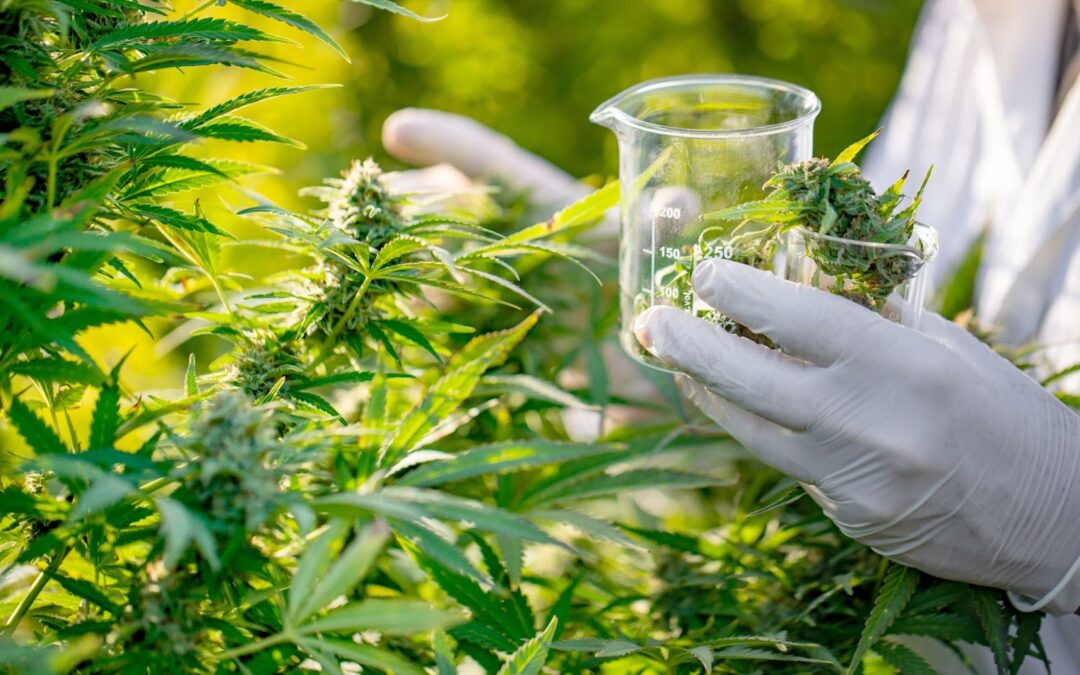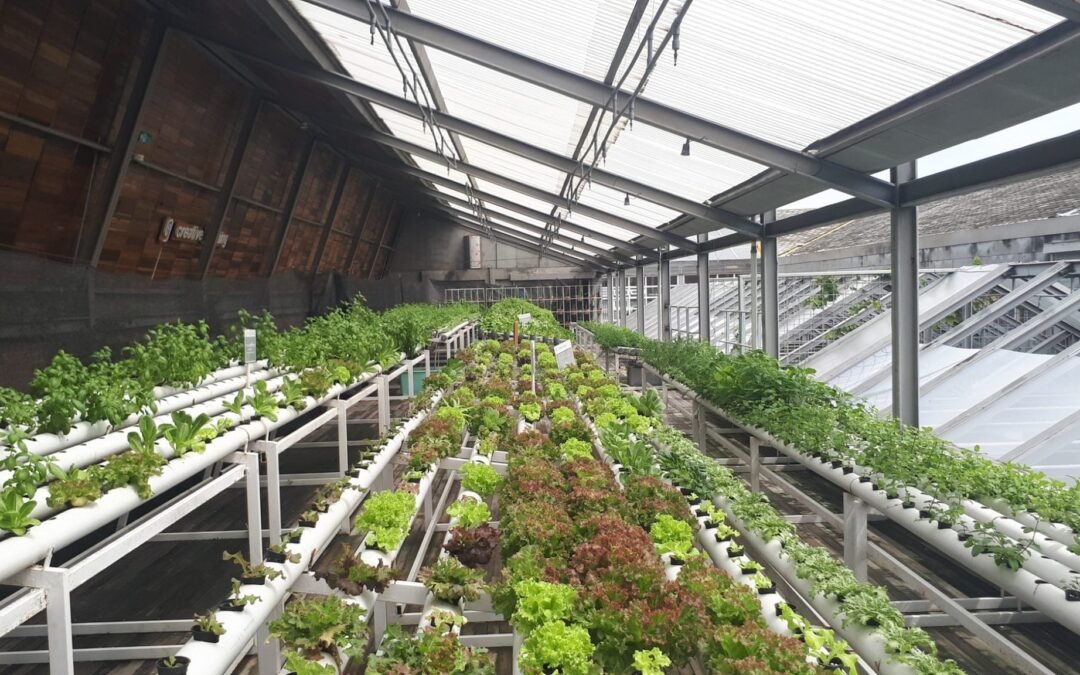Iguanas are very popular pets but these reptiles can be very demanding. They require your complete vigilance in making sure their habitats are always at the right temperature. If you are planning on purchasing an iguana for a pet, be very sure you talk with a professional regarding the caring and upkeeping of an iguana’s special cage needs.
Because iguanas cannot generate their own body heat, their cages must provide for them adequate heating and cooling places. When an iguana is too cold it can move over to a special basking area and if it gets too warm it can move itself to a cooler area. By using thermoregulation, an owner of an iguana will be able to regulate the temperature of these different areas.
Humidity in an iguana’s cage is very important. There is Commercial Humidification, which will do an excellent job at maintaining the correct humidity level but there are also other ways in which the environment can be duplicated. Keeping potted plants, water bowls and repeatedly misting the reptile’s cage will help to raise the humidity levels. However, you have to be sure not to make the place too humid. An environment that is too damp can encourage the growth of certain fungus and bacteria. On the other hand, an environment which is too dry can affect the shedding of the reptile’s skin and thus, lead to dehydration. A cold environment can lead to several medical problems for the iguana too.
As a rule of thumb, the temperature should be between 80 – 85 degrees Fahrenheit with an area for basking that is being shined upon a heat lamp. The temperature of the basking area should be higher at around 90-95 degrees. At evening, the temperature should drop to the mid 70’s. Several thermometers should be used to keep an account of each area of the cage. Remember, proper heat is vital for the continued health of your iguana.





